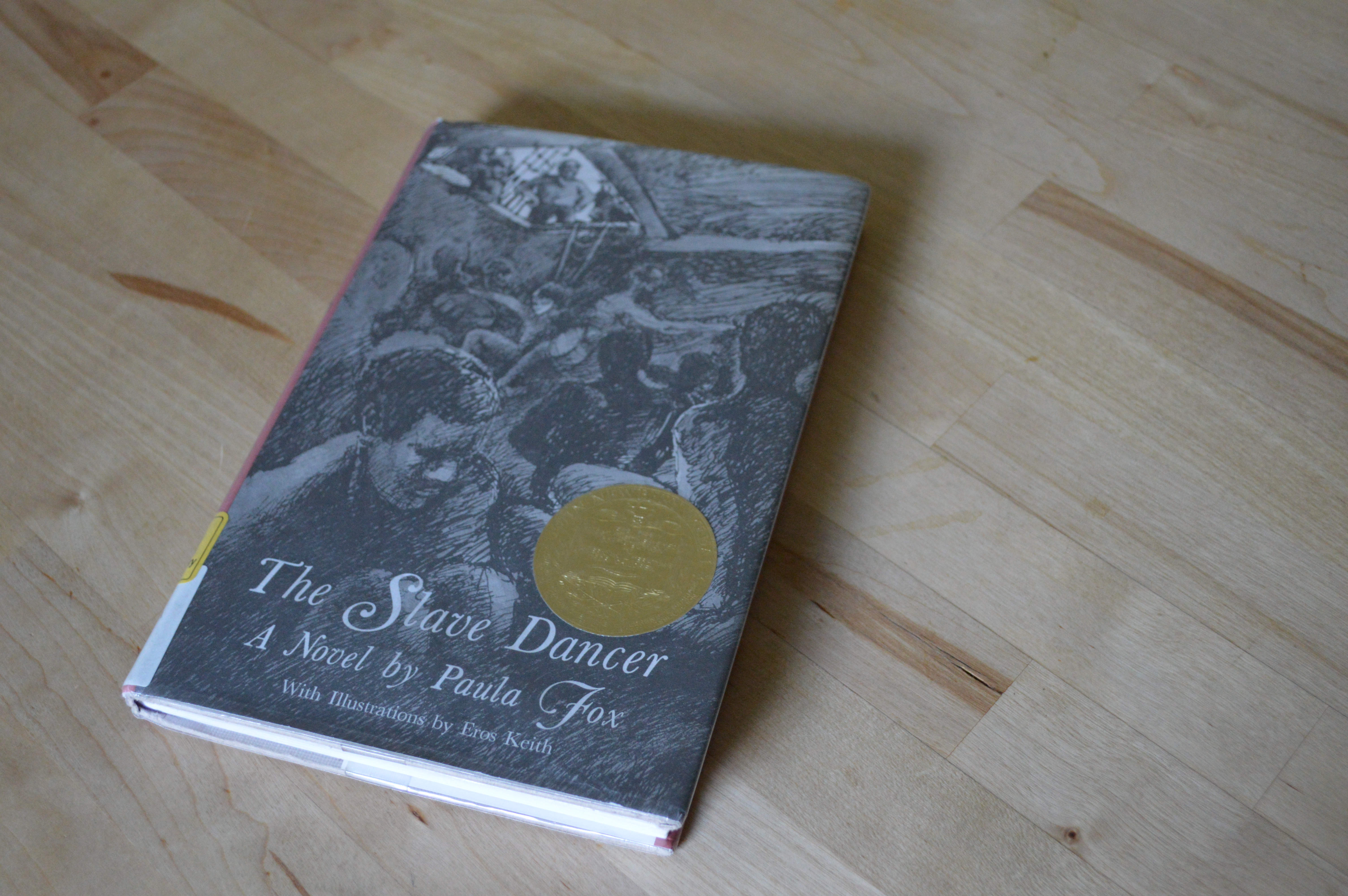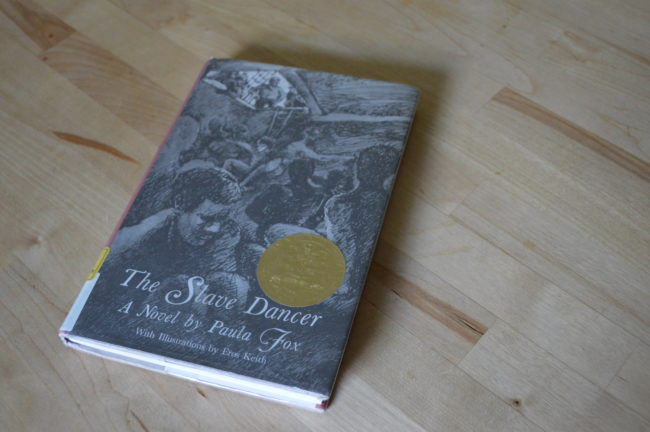
Paula Fox’s book The Slave Dancer won the 1974 Newbery Medal. It’s the brutal portrayal of an illegal 1840s American slave ship through the eyes of an impressed young white New Orleans teen musician, Jessie Bollier, brought to make the slaves “dance” during the exercise time. Even before the ship has picked up its cargo of slaves from Africa, the ship is a terrible place for Jessie, but afterward it is a cesspool of misery—disease, death, and suffering. It seems from some of the preface material to be based on an actual ship, The Moonlight, which we know was actually shipwrecked in the Gulf of Mexico with two survivors, and that Paula Fox took all the character names from the actual ship log. I am very curious about the very last details of the book on Jessie’s life later and if those were real or not, and what other historical records she drew on to create her tale.
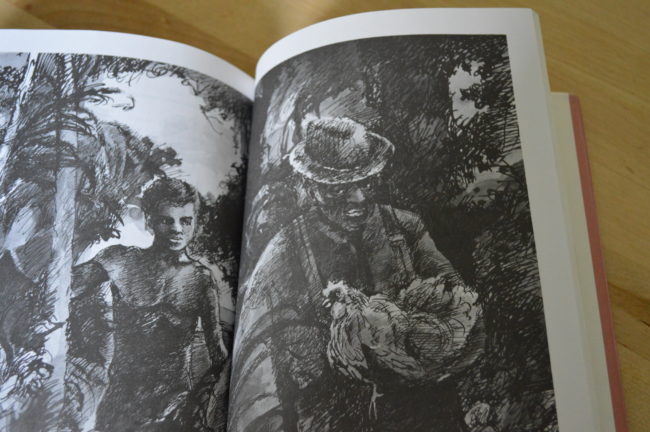
What I liked. Nothing really. I mean the book is technically very strong, and it’s a very important book, but it’s kind of miserable to read. The very last chapters have some hope and redemption in them, without which the book would have been too much for children. Actually, I think it would be a book that would make sense to read in early high school about the horrors of the slave trade, but I would hesitate to recommend it to most elementary students. Its writing style earns it a 6th grade reading level, and perhaps it really is important enough for 6th graders, but it might depend on the particular kid.

What was interesting. The book for me raised some questions about the role of children’s fiction and social justice. On the one hand, fiction is such an important medium to allow children to understand the world, to build empathy, and engage in tough questions, histories, and realities. On the other hand, this sort of meditation on cruelty and suffering is tough going, and I’ve never heard anyone say that this is their favorite book (actually, I had never heard of it before). Partly, I think the Newbery Medal and other awards can unfairly pit books against each other. There is, of course, enough time to read all sorts of books, delighting and devastating, and one isn’t more important than the other. And perhaps the phrasing of the Newbery Medal “the most distinguished contribution to American literature for children” allows for books to be important without being a beloved favorite that you want to return to again and again.
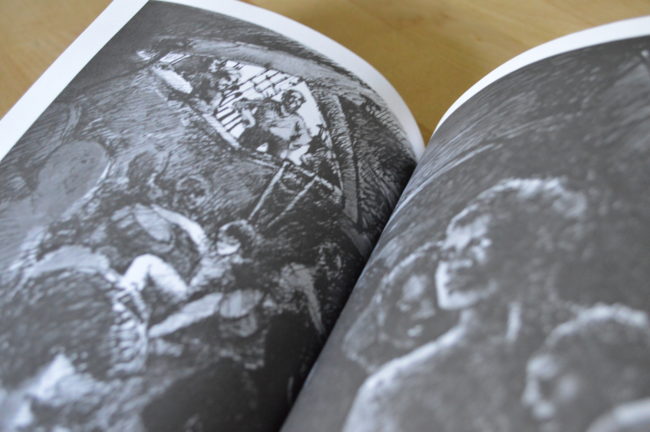
What were some limitations. I think one of the hardest parts of the book for me was the other slaver sailors, particularly the very hypocritical religious Benjamin Stout. He’s capricious and cruel, but constantly reading his Bible and trying to be “kind” to Jessie. There is a passing reference to a slaver captain who repented and preaches the horrors of slaver (I assume John Newton, who wrote the words to the hymn “Amazing Grace”), but overall Christianity, as expressed by Benjamin Stout and Captain Cawthorne, is only portrayed as supporting the slave trade, and any resistance to it, or attempts to close it down had no religious overtones. I don’t think that Paula Fox was necessarily being unfair in this writing; Christianity was used to support the slave trade, and unfortunately people like Benjamin Stout existed and still exist. But of course I think that all redemption stories are echoes of the great redemption story of God redeeming his people, and the ending of the slave trade had passionate Christians behind it. Christians participating in slavery is such a grave sin, and one that should continue to make us cautious of simply accepting injustice in a society in which most people identify as Christian. Also, unrelated, the climax of the book, with a great storm, reads like a nightmare dream: everything is very confusing. I happen to really dislike reading dream sequences (but that’s just a pet-peeve of mine), particularly when there was a lot going on, and the first possibility of escape.
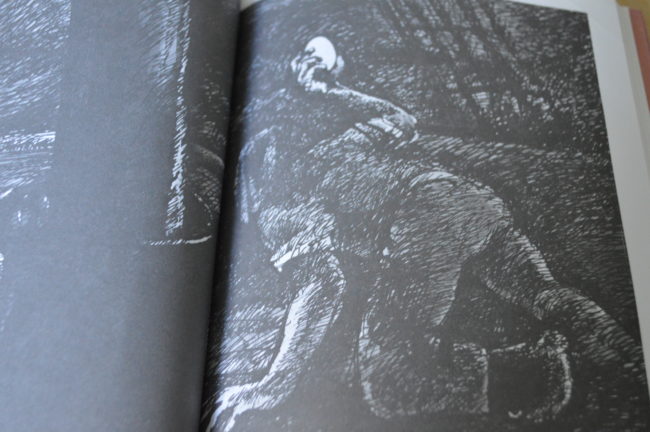
Similarity to other Newbery winners. Amos Fortune, Free Man is also based on historical documents, and contains a slave ship voyage from Africa to America. Other Newberies that touch on enslavement are I, Juan de Pareja and The Bronze Bow. Sounder, while in the Post-Reconstruction era, is about the cruelty and difficulty of the African American experience (and also a book I described as important and hard to read). The character of Jessie Bollier reminds me most of Johnny Tremain in the sense of a historical coming of age story with lots of suffering and adversity. And the nautical parts of the book reminded me of The Dark Frigate and Carry on, Mr. Bowditch which both take place mainly on large sailing vessels.
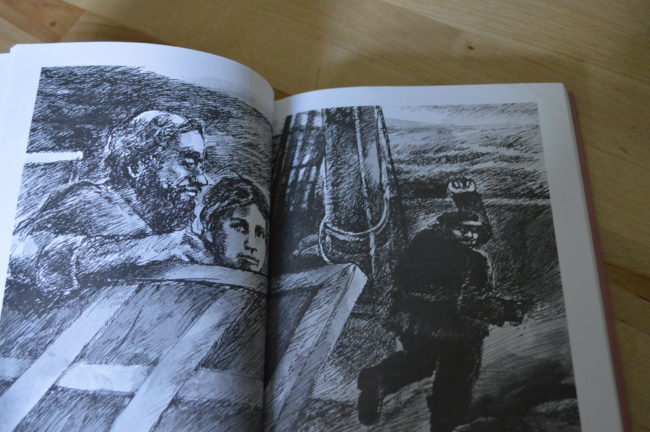
What it teaches me as a writer. One thing that comes to mind about this books is just how scary-terrible of a bad guy Captain Cawthorne is. He is randomly violent (biting Jessie’s ear — which my husband Evan explained to me might have been a way to mark or brand him, a part of being impressed as a sailor), has random refined luxuries in the middle of his crew’s initial discomfort and then in the midst of the slaves unthinkable suffering, he’s quick to shoot his first mate at the first sign of mutiny, or throw the slaves overboard to try and escape being caught. If I need inspiration for how to make someone really evil, Captain Cawthorne is a strong example.
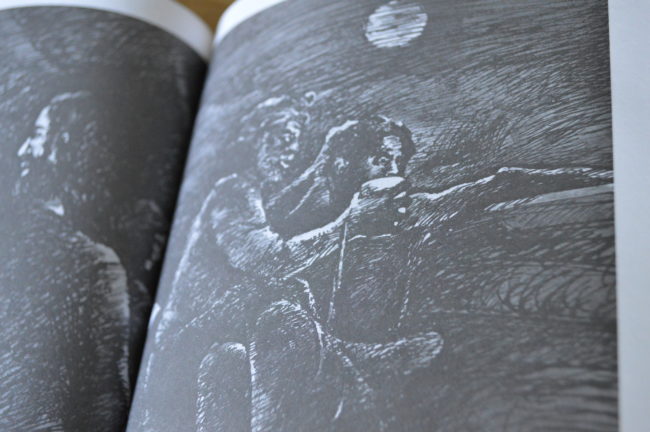
Have you read The Slave Dancer? What books have helped you grasp the horrors of slavery?
*Note* This post contains Amazon affiliate links, which means if you were to buy a book, I’d get a tiny commission at no cost to you. Thanks for supporting Stories & Thyme!*
